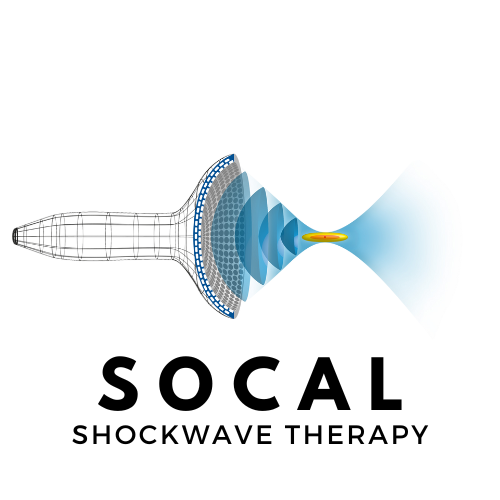Make an Appointment
Scheduling your appointment with Southern California's Shockwave Therapy expert is the first step toward a healthier, pain-free life. Our user-friendly online booking system allows you to select a suitable date and time for your schedule. If you don't see the time you're looking for free to call us at 858-230-6384
FAQS
How long do treatments last?
Typical Shockwave Therapy treatments take 10-15 minutes.
How many treatments do I need?
Usually, 1-2 treatments per week are performed. A total of 4-10 treatments may be necessary before lasting improvement is achieved. The number of treatments and the frequency will depend on how acute or chronic your condition may be.
Are there any known side effects?
Treatment side effects are limited to occasional skin reddening and minor soreness at the treatment site during application. That's it! There are little to no side effects from treatment because it involves compressed sound waves being dispersed into the body region.
What is the difference between ESWT, MyACT, and the PiezoWave2T?
Extracorporeal Shockwave Therapy (ESWT) is an umbrella term referring to the general, overarching concept of creating focused, high-intensity sound waves outside of the body ("extracorporeal") that are directed to internal body structures to produce different physiological effects. At SoCal Shockwave Therapy, we use the PiezoWave2T, an FDA-registered Class 1 Modality machine that utilizes Myofascial Acoustic Compression Therapy (MyACT). MyACT is a form of ESWT that is highly effective, extremely safe, all-natural, and provides quick, lasting results.

I don't have a science background. Can you explain it to me more in plain English?
The PiezoWave2T produces low-intensity sound waves similar to a cone-shaped speaker, focusing at a single point. This directs sound waves directly to the injury site, acting like a deep tissue massage. Unlike manual therapy, it targets the area precisely, enhancing local blood flow, stimulating blood vessel formation, and promoting tissue regeneration.


